I’m often asked questions about supporting children as they learn to read. My first suggestion would be to provide support by giving students lots of FUN and hands-on preschool literacy activities. But there are many meaningful ways to encourage early literacy skills in preschoolers.
I’ve always been fascinated by the process of learning to read, and I’ve received some amazing education devoted to early literacy. I’ve also been blessed to be involved as many children learned to read.
Are you following Fun-A-Day’s LITERACY Pinterest board?
One of the most common questions/comments I receive are focused on the pictures in children’s early readers.
- “Is my child really reading if he looks at the pictures?”
- “Should I cover up the pictures in my child’s books?”
- “Won’t the pictures just confuse my child?”
These questions come from parents and educators, alike, usually because they know how much I love discussing early literacy. I love that parents are so involved as their children learn to read, and I love that they respect my opinion enough to ask. I also know there’s a lot of misinformation on the internet, and I’m always happy to help! So, in a nutshell, here’s my answer:
let kids look at the pictures as they learn to read
Let the kiddos look at the pictures while they learn to read! Preschool and early elementary children need the pictures in their early readers.
Illustrations draw children into a book. When children are first sitting in a parent’s lap and listening to a story, it’s the pictures they focus on. The pictures help children understand what the book is about. Understanding what the book is about lays the groundwork for questions like, “Does what I read make sense?”
A kindergarten child has a simple reader in his hands and the text says, “I can see a pig.” He knows the first four words, but he isn’t able to decode the word ‘pig’ because the sound G makes isn’t cemented in his mind. He reads, “I can see a . . .”, then looks through the word pig and says “p…i….” Checking the picture at this point will help him to realize that the word is ‘pig.’ If he had read the sentence as “I can see a penguin”, checking the photo would likely make him stop and go back to check that word again.
Some parents and educators are concerned that letting children look at the pictures will only lead to guessing. I can understand that concern, as some children might fall into guessing. However, the teacher/parent can quickly bring the child’s eyes back to the text with a question or comment.
As kids learn to read, their brains are busy making so many connections. They need to be shown a variety of strategies to help them along this process. So please let emerging readers reference the pictures in their books as they learn.
I do want to reiterate that using pictures as a context cue is just one small strategy involved in learning to read. I chose to focus on it today because it’s one of the most-asked questions I receive. What other questions do YOU have about the reading process. I’d love to hear them below so I can share more ideas with you!
If you found this post helpful, be sure to check out Still Playing School’s Picture Walk Preview for Early Readers. She explains another important piece of the process kids go through as they learn to read!
Another great early literacy post is The Measured Mom’s 5 Things Kids Need Before “Sounding Out” Words.
Literacy Materials for Preschool
Teaching young children the many early-literacy concepts they’ll need as pre-readers can seem intimidating. But the key to doing so successfully is by keeping students engaged in the learning process and having fun.
So, with that in mind, I’ve created a list of products that can be used to keep learning literacy concepts fun and exciting. Check it out below.
I may get commissions for purchases made through links in this post.
- Paper
- Magnetic letters
- Letter tiles
- Sensory materials
- Stickers
- Play Doh
- Markers
- Crayons
- Colored pencils
- Paint
- Paint brushes
This list is just the tip of the iceberg. The possibilities really are endless. We can even use the things around us each day to teach early literacy skills. Anything can be turned into a learning opportunity with a little creativity. Just remember to keep the learning fun!
Done-for-You Preschool Resources
Planning meaningful lessons for students week after week, all while balancing other teaching responsibilities and a personal life, can be a daunting task. That’s where Preschool Teacher 101 comes in to save you time!
Preschool Teacher 101 is excited to share with you some amazing lesson plans, activity packs, and much more! We offer a wide variety of themes that are frequently used in preschool classrooms, as well as some less common (but super interesting) themes. Click on the images below to learn more about some of my favorite literacy product that we have to offer!
Join The Pack from Preschool Teacher 101 today for exclusive access to our amazing products. And we even have three different membership options to suit your needs!
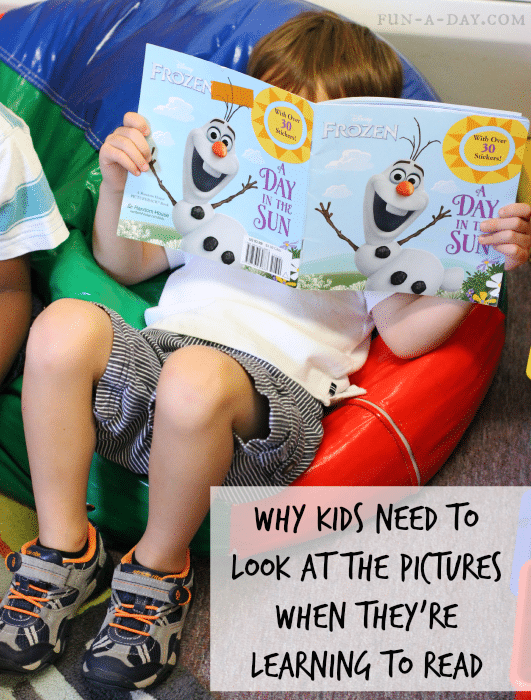
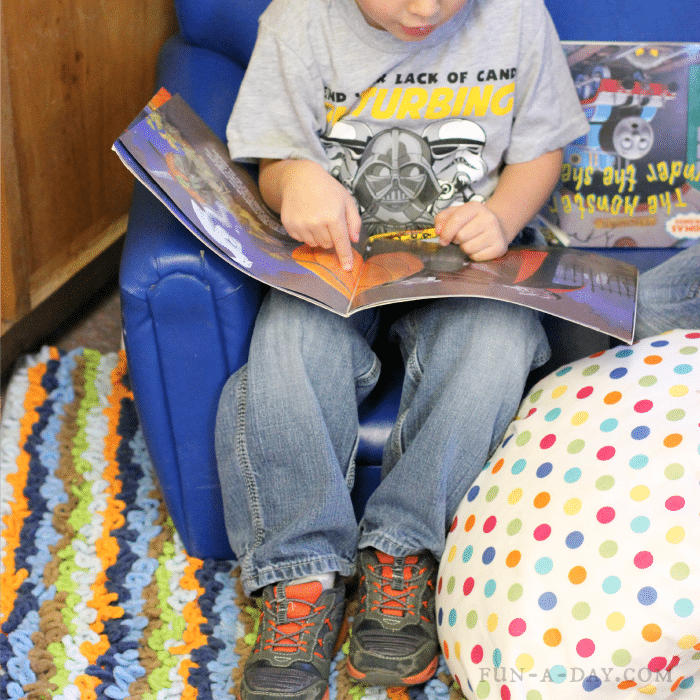
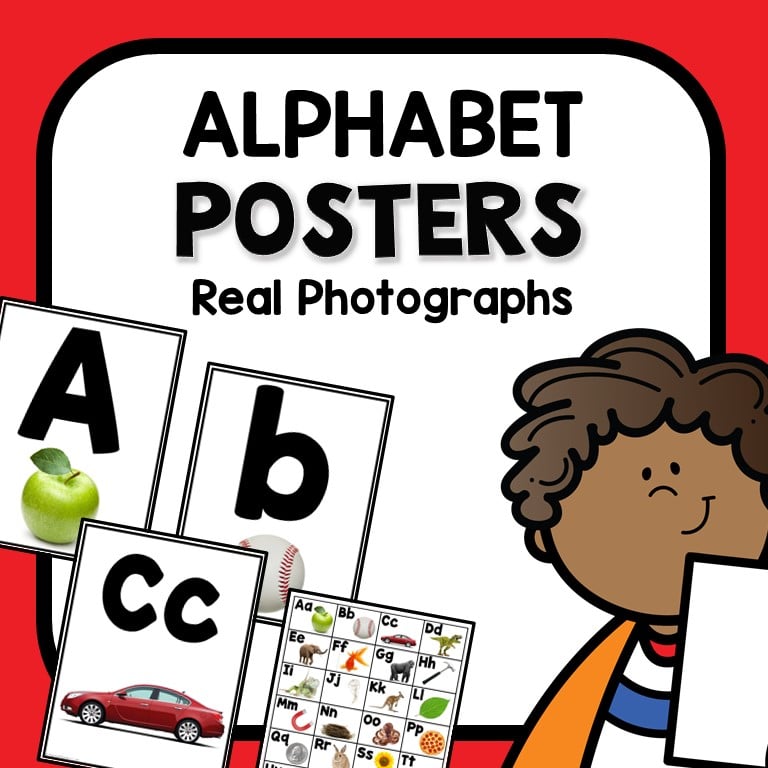
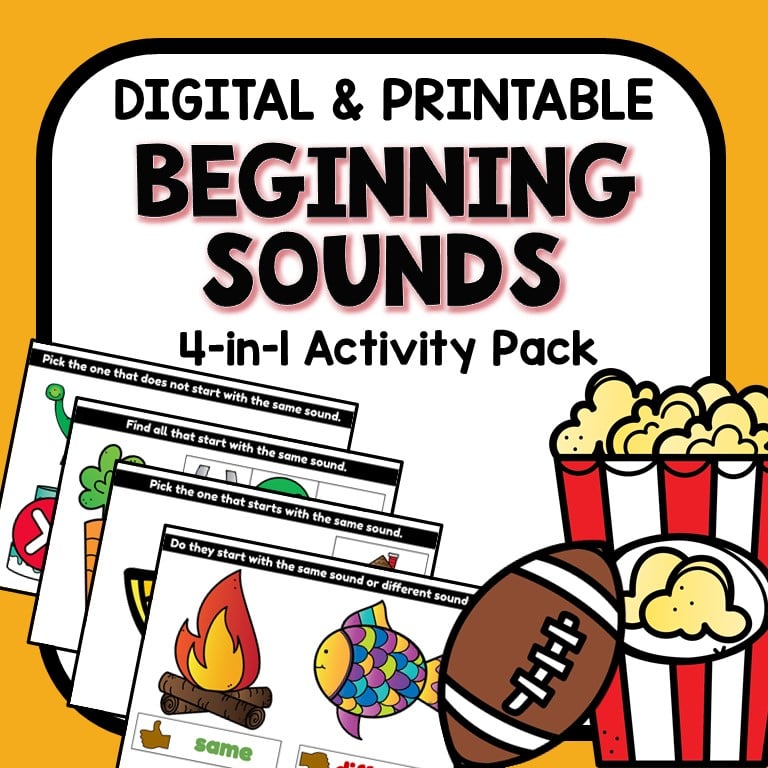
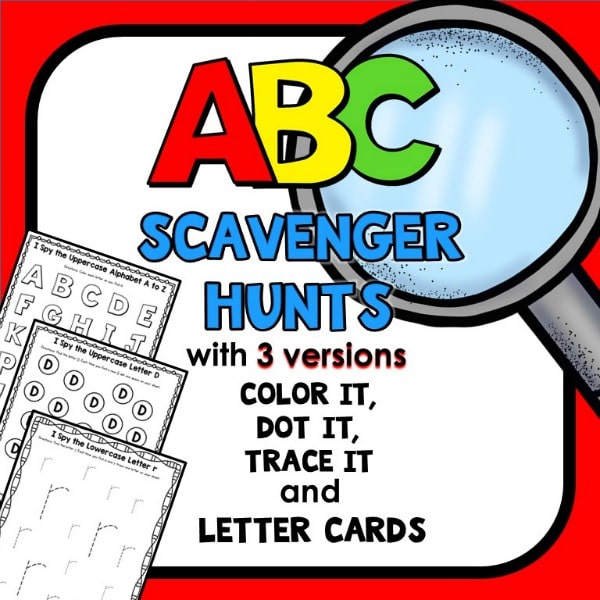
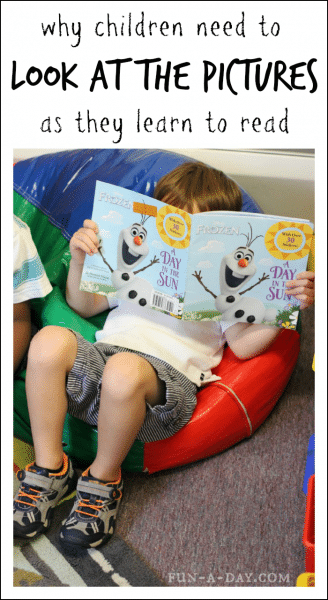
Thank you so much for answering this question! I’m a preschool teacher in Nyack, NY and I am asked about children and reading A LOT! I’ll be sending them to your site to read up on this themselves. Thanks!!!